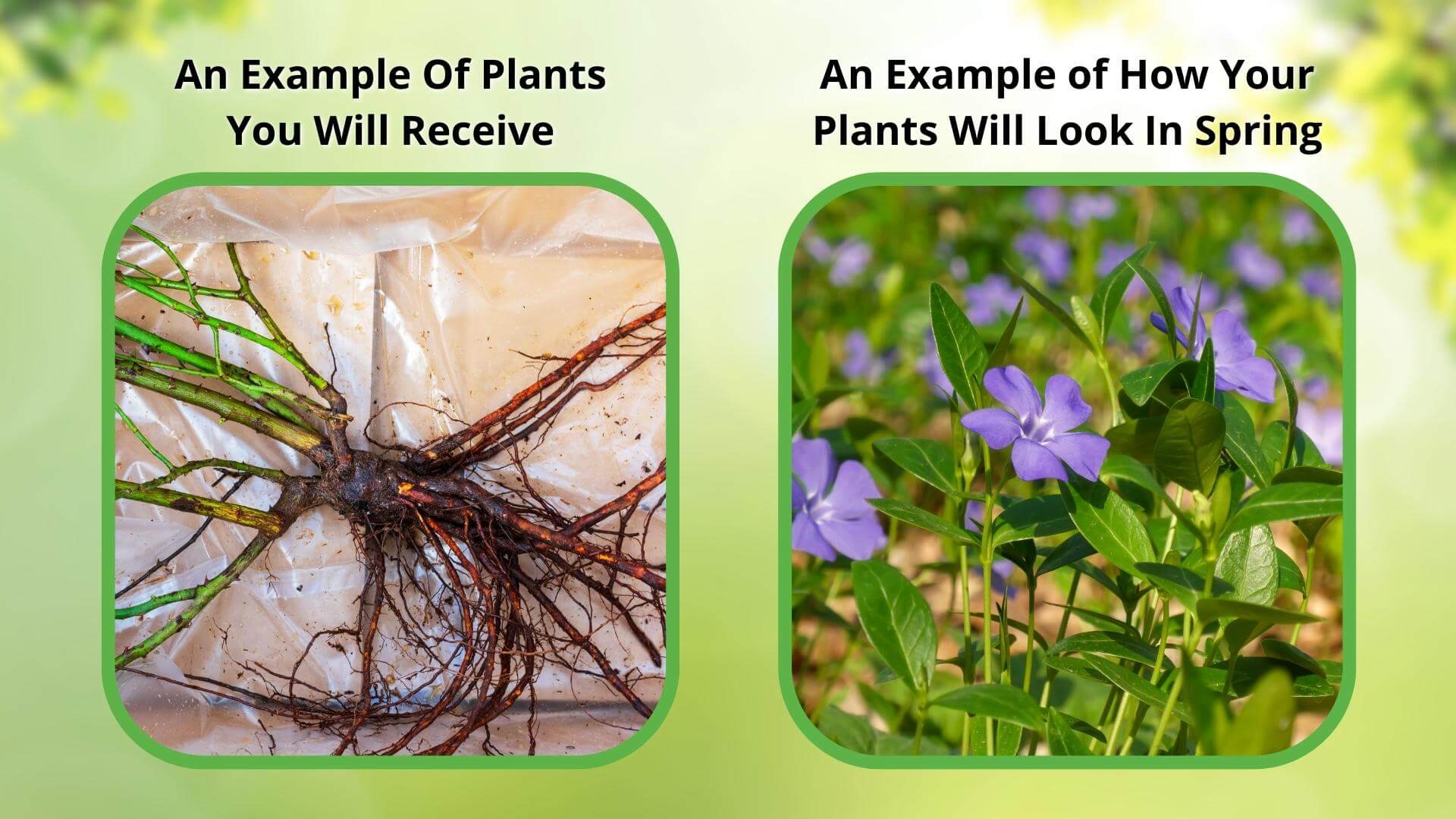Hosta
Hostas are shade-loving perennials known for their large, heart-shaped, and often variegated leaves and spikes of bell-shaped flowers, making them popular choices for garden borders and landscaping in low-light areas. They are renowned for their lush foliage and graceful appearance offer many benefits when incorporated into landscaping designs. These versatile perennials have gained popularity for their ability to enhance outdoor spaces with their aesthetic appeal, adaptability, and ease of maintenance.
Hostas are attractive herbaceous plants that can grow up to 4 feet in height, although a height of 18 inches is more common. There are several species of them, each of which has slight differences in leaf color. Each species also has a different kind of bloom, and all of them make exceptional focal points in any garden.
Hosta Leaves
The type seen most commonly in the United States is the "Keepsake." The charming green leaves that are ringed with yellow accents are popular because of their hardiness in different climates and the wonderful vistas they create in a garden. Sometimes, the rings of lighter color are different shades of white rather than yellow, but they don't lose any of their eye-catching effects. They have leaves of a single color, usually dark green. All leaves of them are sturdy and ribbed, even if they're longer and tapered rather than cheerfully oval.
Blooms
Most versions of them have pretty purple or white flowers that bloom in the early summer through the beginning of fall. The flower buds form in the middle of spring and are generally the same color as the flowers themselves. Even when they're just budding, they are beautiful plants that complement everything else in the garden. Once the buds bloom, the flowers form trumpet shapes, bell shapes, or elongated pendulous shapes. Only one version of these flowers has a strong scent, and it's called the "August Lily." It's a shy flower, blooming in the evening and closing up again by morning, so it'll brighten up any garden when the sun goes down.
When they are surrounded by flowers of similar colors, such as California bluebells for the species with violet flowers or tuberose for the white-flowered species, it creates a breathtaking effect. Alternating the various species in concentric rings would just increase their appeal and let them truly shine.
This Perennial Is Good for Pollinators
The blooms are important for most pollinators, such as bees, butterflies, and hummingbirds. Not only do the flowers provide nectar, but the leaves collect dew in the mornings, and that allows these little creatures to take a drink while visiting the garden.
Buy Yours Today At TN Nursery
This Is How Your Plants Will Look upon Delivery

Quantity
In Stock
Sold out







